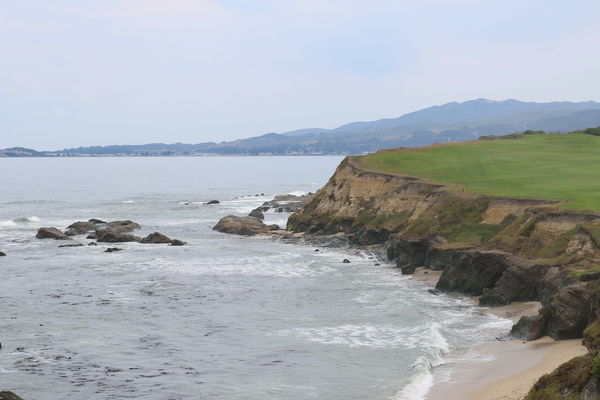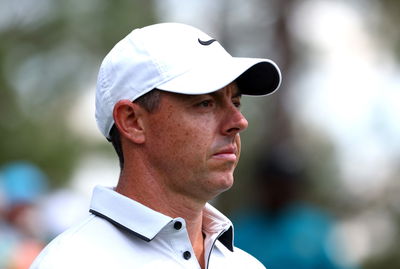459-year-old golf club 'chewed up' and 'eaten' by coastal erosion
Montrose Golf Club is the fifth-oldest golf club in the world but in the last year, it has lost three metres of ground to the sea.

The COP26 summit is taking place in Glasgow this week where 197 national parties who have signed up to the United Nations Framework Convention on Climate Change attend.
It is arguably the most significant in this series of annual meetings as a major United Nations scientific report judged climate change to be a severe issue for all of humanity.
Climate change and extreme weather conditions are having adverse effects on many sports, including popular outdoor sports such as golf.
If carbon emissions continue, the earth's temperature will rise and this brings extreme weather to places such as Scotland, where you can find Montrose Golf Club.
RELATED: HOW WILL BRYSON RESPOND? PGA TOUR TAKES STEP TOWARDS BANNING GREEN-READING BOOKS
Climate change accelerates the issue of coastal erosion and when you combine this problem with rising sea levels, coastal links courses like Montrose are in severe danger of being disintegrated.
The golf course being eaten by the North Sea.
Find out how climate change is affecting @Montrosegolflin #COP26 pic.twitter.com/31p3XawhWF
— BBC Sport Scotland (@BBCSportScot) November 2, 2021
Montrose Golf Club, the fifth-oldest golf club in the world, has lost three metres of ground to the sea in the last year and the outlook is set to get worse in the future.
"We're talking about sea level increases of about 40cm over the next few years," said John Adams, the greens convenor of the course.
"We've got weak areas in the dunes so if we get a high tide we're in trouble. The maths have been done, and that's based on normal circumstances.
"If we get a 50-year storm it would get serious, not just for the golf course but for Montrose as well - It's just chewing it up."
Montrose boasts two fantastic golf courses: the 1562 course and the Broomfield course. They sit in one of the finest areas for golf in the world.

To make golf more sustainable, the R&A launched the 'Golf Course 2030' project. This plans to educate people within the sport about the impacts of climate change and to invest in sustainable strategies.
The R&A prohibited single-use plastic bottles at The Open Championship in 2019 and they are working towards making The Open carbon-neutral, utilising electric vehicles and encouraging spectators to donate to tree-planting projects at Royal St. George's this year.
"The discussion on climate change is paramount for us and we know across all sports there's more attention being paid to how sports are going to be impacted," says Philip Russell, the Assistant Director of Sustainability at the R&A.
RELATED: THE BEST TIGER WOODS QUOTES: "I MAY BE OUTPLAYED, BUT I'LL NEVER BE OUTWORKED"
"We're driving, helping and supporting research and innovation which can bring practical solutions to the table to help facilities become more resilient and ultimately secure its future."
Amongst the governing bodies, good work is being done. However, the rate at which the dunes of links courses like Montrose are eroding is a huge concern for residents and golfers.











